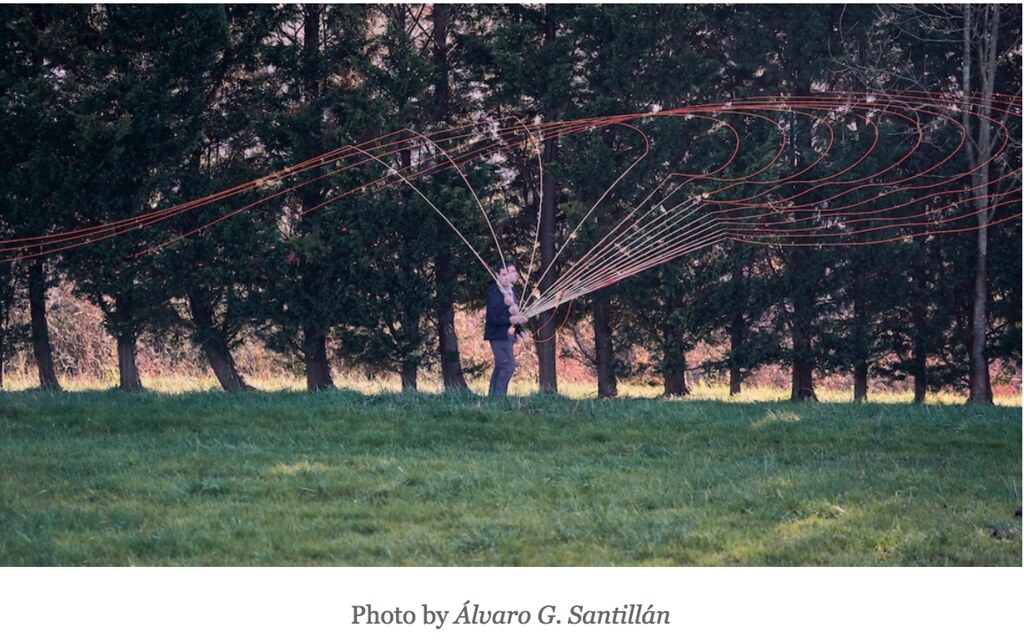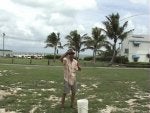Matt4.0
Well-known member
So in addition to singing up for a lesson series, I picked up a copy of Jason Borger’s Single Handed Fly Casting. (Side note- there was a mishap with shipping, and I won’t go into detail but Jason did MUCH more than I would have requested to make it right)
After the recent lesson I took I learned I had a lot more wrist action than I thought. Kind of frustrating as I have become fairly accurate at 40’ and in, but given my struggles in accuracy from 40-60’ in a couple small competitions I know I have work to do.
I was attempting the “foundation cast” as detailed in Jason’s book. The videos below (one slow motion, one regular speed) are my attempt from today. Here are my thoughts, I’d love any critiques or suggestions from the experts here:
- I think my biggest fault is on the forward cast; comparing it the video of Borger availability online, my stop is too late and not abrupt enough? My wrist also bends/opens too much at the bottom I believe. If so, I’m a little lost here as when I tried to keep that angle on my forward cast I had trouble getting the line to extend towards the hoop I was targeting. (Seemed to get some “recoil” as best I can explain it)
- I’m also wondering about how far back the back cast should go for a given distance. In the video of Borger (linked below as well for easy reference) his hand is even with his temple. The instructions in the book mention this position as well, but no reference as to approximate distance for this position. (He does mention extending and shortening for different casts so perhaps I just haven’t gotten that far yet).
In my video, I’m casting somewhere around 35’-40’.
Thanks in advance.
Slow motion:
Untitled on Vimeo
Regular speed:
Untitled on Vimeo
Borger:
Jason Borger's Foundation Casting Stroke on Vimeo
After the recent lesson I took I learned I had a lot more wrist action than I thought. Kind of frustrating as I have become fairly accurate at 40’ and in, but given my struggles in accuracy from 40-60’ in a couple small competitions I know I have work to do.
I was attempting the “foundation cast” as detailed in Jason’s book. The videos below (one slow motion, one regular speed) are my attempt from today. Here are my thoughts, I’d love any critiques or suggestions from the experts here:
- I think my biggest fault is on the forward cast; comparing it the video of Borger availability online, my stop is too late and not abrupt enough? My wrist also bends/opens too much at the bottom I believe. If so, I’m a little lost here as when I tried to keep that angle on my forward cast I had trouble getting the line to extend towards the hoop I was targeting. (Seemed to get some “recoil” as best I can explain it)
- I’m also wondering about how far back the back cast should go for a given distance. In the video of Borger (linked below as well for easy reference) his hand is even with his temple. The instructions in the book mention this position as well, but no reference as to approximate distance for this position. (He does mention extending and shortening for different casts so perhaps I just haven’t gotten that far yet).
In my video, I’m casting somewhere around 35’-40’.
Thanks in advance.
Slow motion:
Untitled on Vimeo
Regular speed:
Untitled on Vimeo
Borger:
Jason Borger's Foundation Casting Stroke on Vimeo








